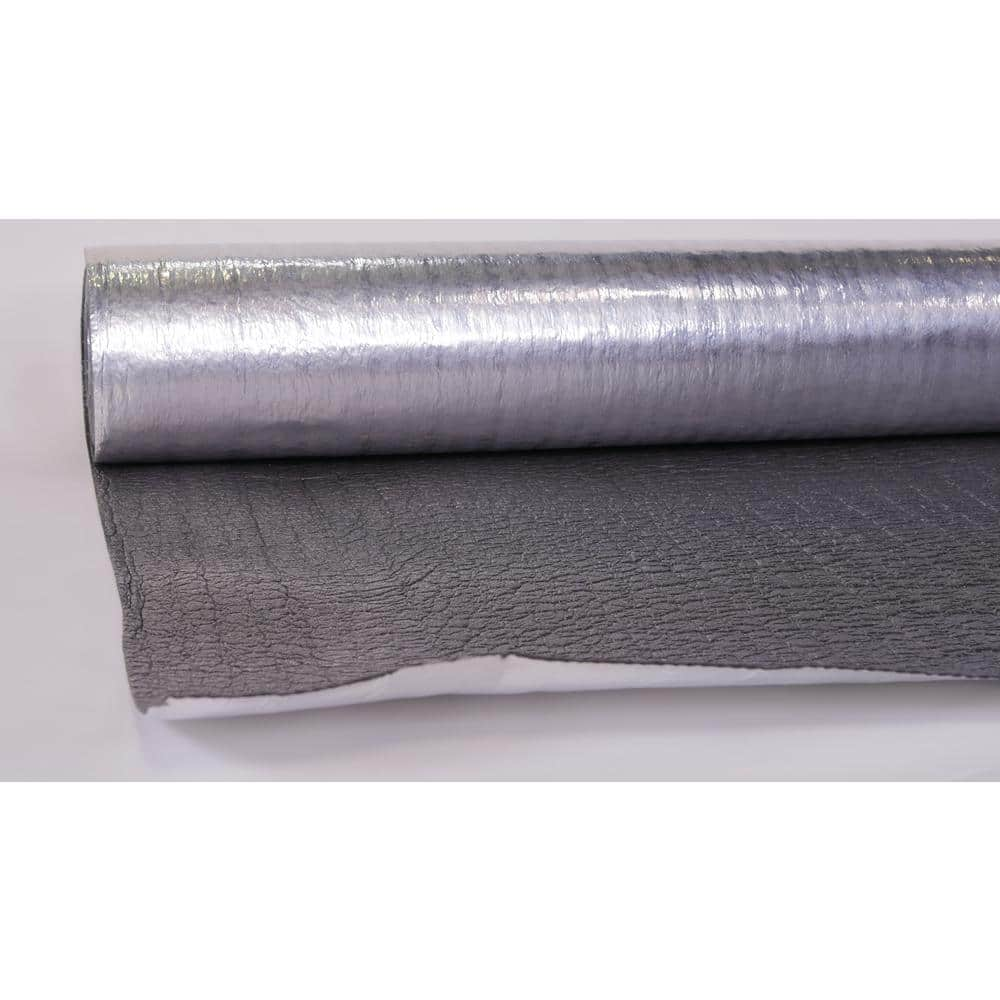I'm new here, but I thought if any online resource was going to know, it would be someone here. I've owned my 2012 CX-9 Touring for about a month and a half now (my first Mazda), and I love it. I have been thinking about upgrading it ever since I first drove it home. I put a tow hitch on it and I just ordered roof rails. But here's my dilemma.
I've seen a lot of YouTube videos of people converting their Subaru Foresters to camper-style conversions. Bed platforms, sink set-ups, storage drawers, etc. I have a 2012 CX-9 Touring w/AWD, and I wonder why more people don't choose this car for a similar conversion. So far I've only seen one or two guys on YouTube who have done something similar with their CX-9, and it's mainly for extra storage - drawers and some outdoor cooking space in the rear. With AWD, good ground clearance, towing capabilities, and lots of room in the back, why don't more people convert their CX9's to campers?
I'm thinking of doing a project with mine and was looking for some input. Has anyone done something similar? Any tips or tricks you'd like to share?
I could go the easy route and get a roof mounted tent, but that takes the fun out of building something. I'd love to hear some of your feedback on the idea.
For reference, here is the CX-9 on YouTube with the camping set-up. https://www.youtube.com/playlist?list=PLhqwm5VNmYIXpFDrgoNPl3Pa7LWA-ugPe
I've seen a lot of YouTube videos of people converting their Subaru Foresters to camper-style conversions. Bed platforms, sink set-ups, storage drawers, etc. I have a 2012 CX-9 Touring w/AWD, and I wonder why more people don't choose this car for a similar conversion. So far I've only seen one or two guys on YouTube who have done something similar with their CX-9, and it's mainly for extra storage - drawers and some outdoor cooking space in the rear. With AWD, good ground clearance, towing capabilities, and lots of room in the back, why don't more people convert their CX9's to campers?
I'm thinking of doing a project with mine and was looking for some input. Has anyone done something similar? Any tips or tricks you'd like to share?
I could go the easy route and get a roof mounted tent, but that takes the fun out of building something. I'd love to hear some of your feedback on the idea.
For reference, here is the CX-9 on YouTube with the camping set-up. https://www.youtube.com/playlist?list=PLhqwm5VNmYIXpFDrgoNPl3Pa7LWA-ugPe




